Nina’s Euro Blog 2023: Chasing Art in Paris
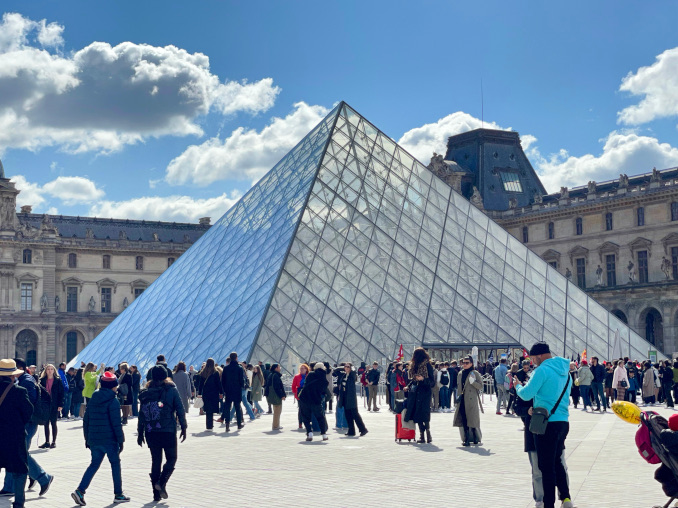
Paris is not very user-friendly this spring because ongoing strikes are affecting daily life to a great degree. I was planning to see Vermeer’s The Astronomer—a painting that was not included in the loan exhibition at the Rijksmuseum—which is often described as a “companion” to The Geographer, featuring the same model and a similar scientific setting.
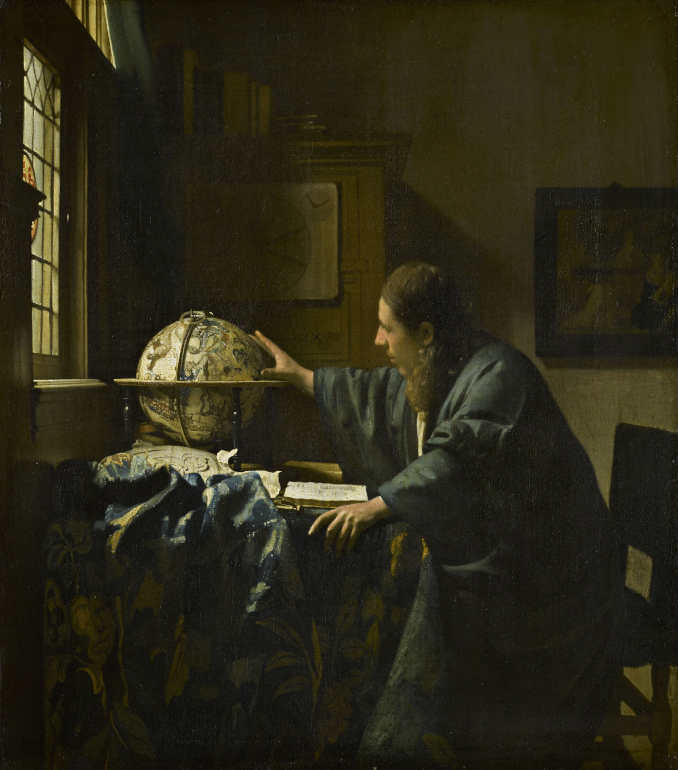
I showed up at the Louvre, ticket in hand, to find the pyramid entrance blocked by both the striking union members as well as throngs of disappointed tourists. The closure had not been announced on the museum’s website, so we all just waved to the pyramid from afar.
So … I turned around and made my way toward an exhibition of Giovanni Bellini at the Jacquemart-André museum, which excels at showcasing Italian masters, the specialty of their collection. Bellini was a Venetian artist whose Madonnas are particularly celebrated, and the show assembles some of the most exquisite examples of Bellini’s range in painting the canon.
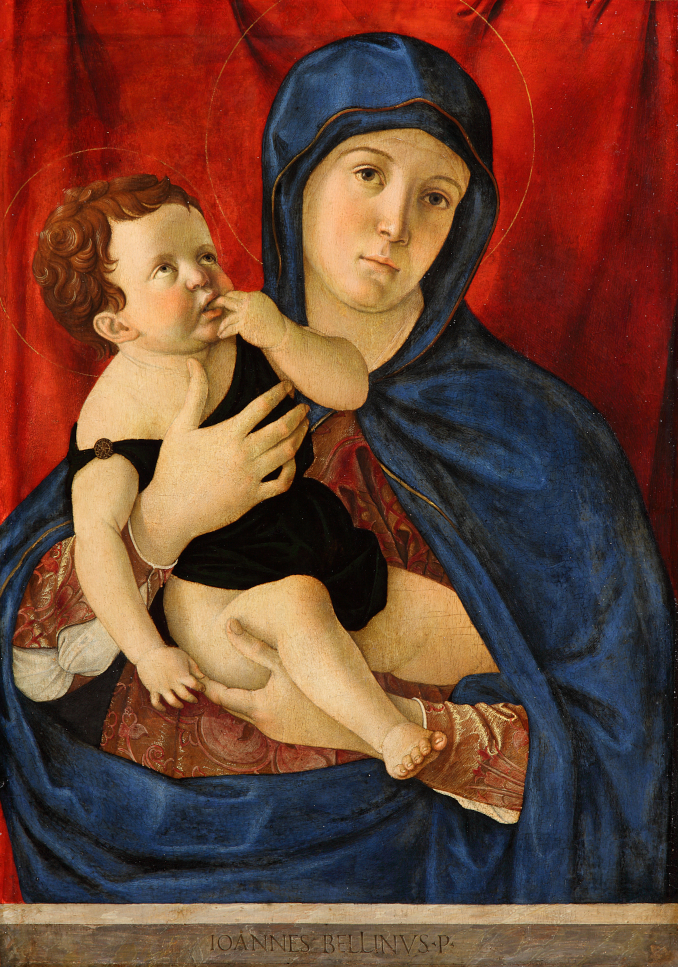
His Madonna and Child loaned from Berlin (above) seduces with clean, strong primary colors. Venice, the old center of pigment trade, could provide its artists with the best quality reds and blues in the Renaissance art world. In this painting, the vibrant hues attest to Bellini taking full advantage of what Venetian color vendors could offer.
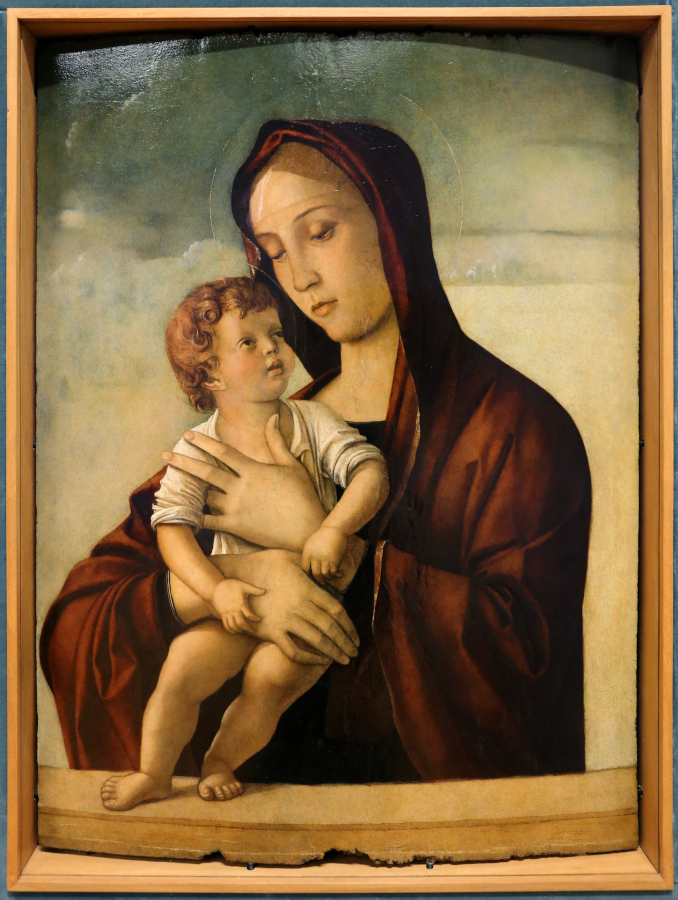
The Madonna loaned from a museum in Verona was painted in the same period (about 1475), but this imagery is entirely different. This Madonna is clad in a dark cinnabar cloak instead of the customary blue. The background is pale, so the viewer’s attention is not drawn as much by the strong colors as by the mastery of the drawing. Here is a detail of the intertwined hands of the mother and the baby:
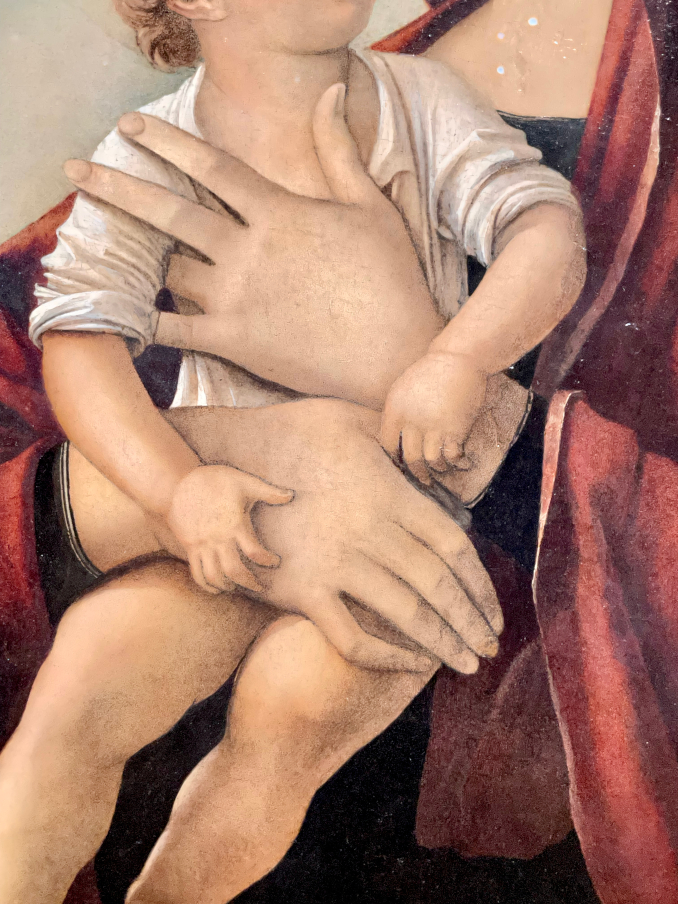
The Giovanni Bellini exhibition runs at the Jacquemart-André museum between March 3 and July 17, 2023.
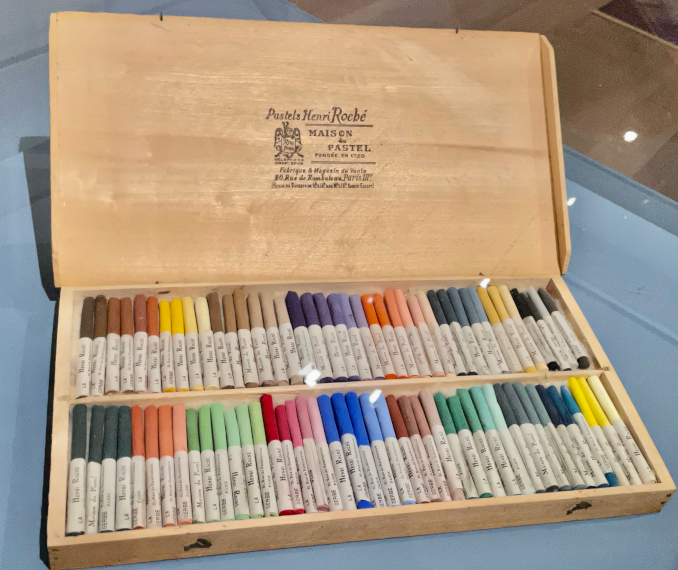
The Musée d’Orsay is currently holding two exhibitions: Pastels: From Millet to Redon (March 14–July 20) and Manet / Degas (March 28– July 23), both very interesting and highlighting the depth of the museum’s collection. However, I was happiest to see two new acquisitions that arrived at the museum in 2022. Both of these large canvases were painted by Gustave Caillebotte, an artist I call an “unappreciated Impressionist.” The first canvas, entitled Sunflowers, Garden at Petit Gennevilliers, is a large (3-foot tall) and bold garden picture, where the bottom part is dominated by Caillebotte’s favorite flowers. He painted sunflowers several times but probably never as large and imposing as in this painting. In this canvas, the viewpoint is very low, almost at ground level, so the house becomes a red and cream background to the yellow circles that loom gloriously in the front.
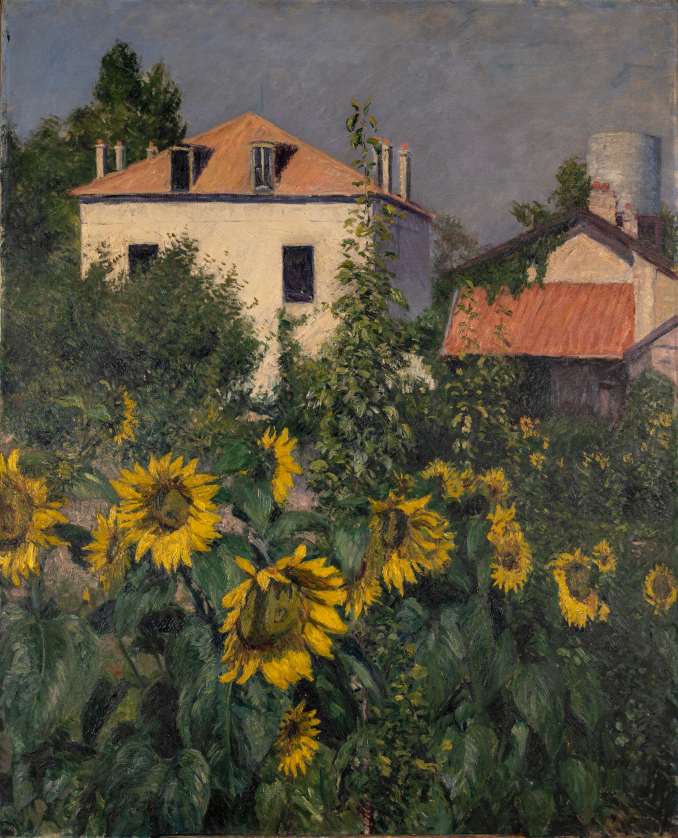
The second newly acquired painting is called Boating Party (La Partie de Bateau), which is a compositional tour de force—a painting that has several vanishing points thanks to the narrative device of boating. There are also many triangles in this picture—the boat’s oars and arms that hold them, the prow, the perspective of the river and banks, and even the legs of the boater all draw a triangle. Caillebotte was trained as an architect, and his compositions have structural elements that were carefully planned.
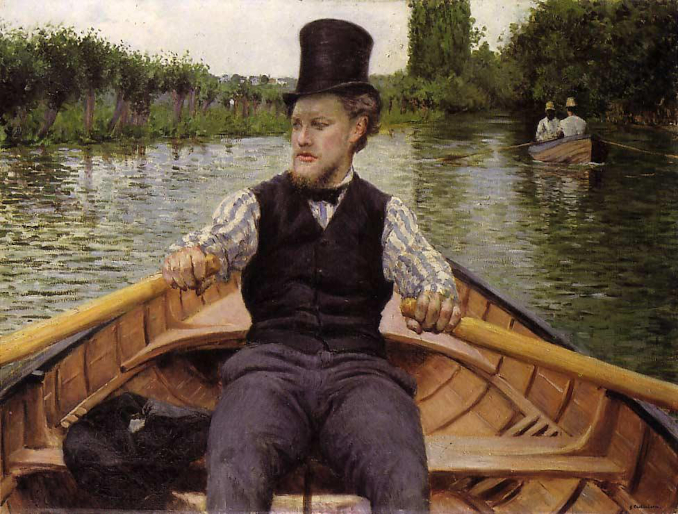
I finally made it to the Louvre a few days later. However, Vermeer’s The Astronomer was not there—it had been sent to Abu Dhabi.
